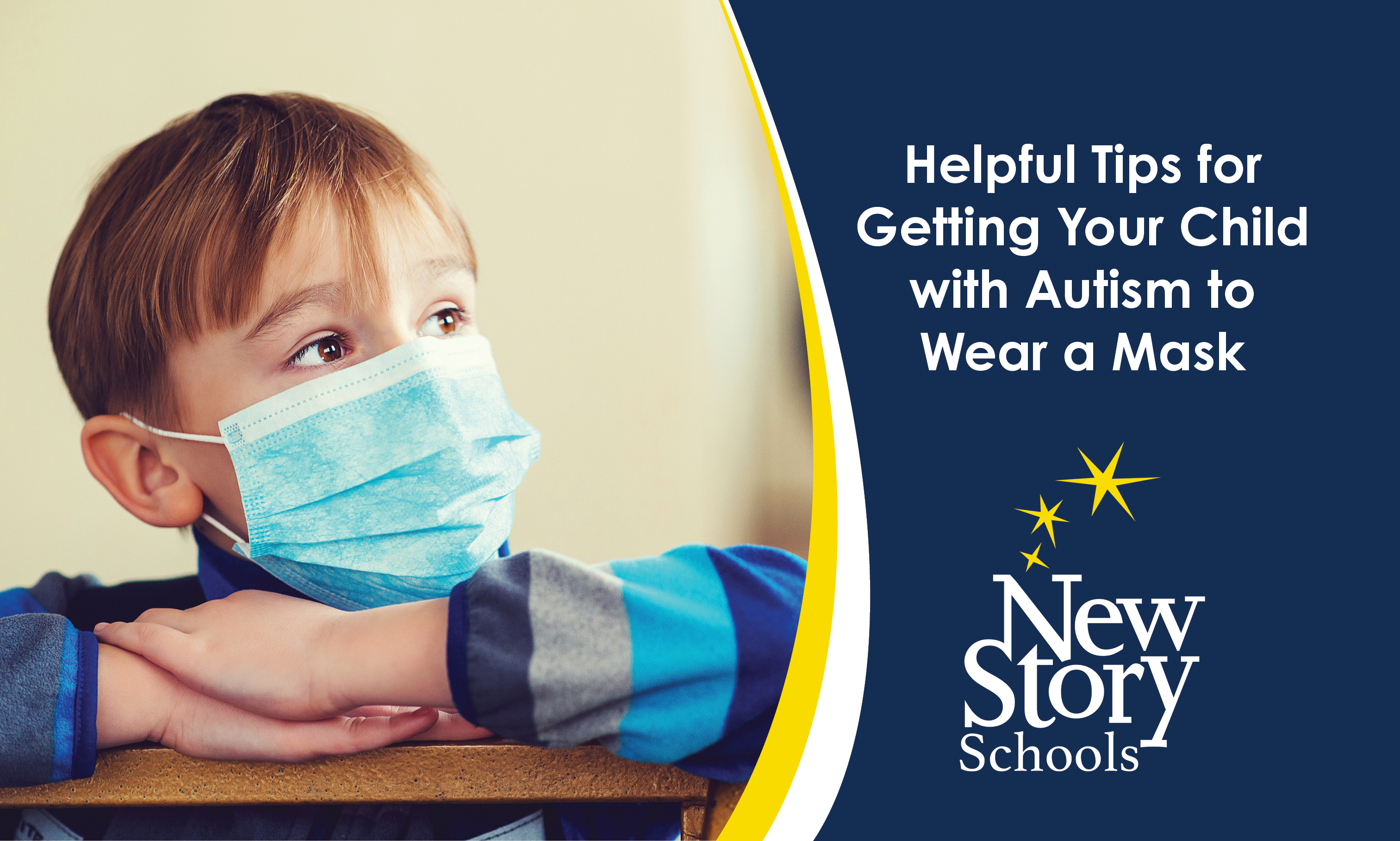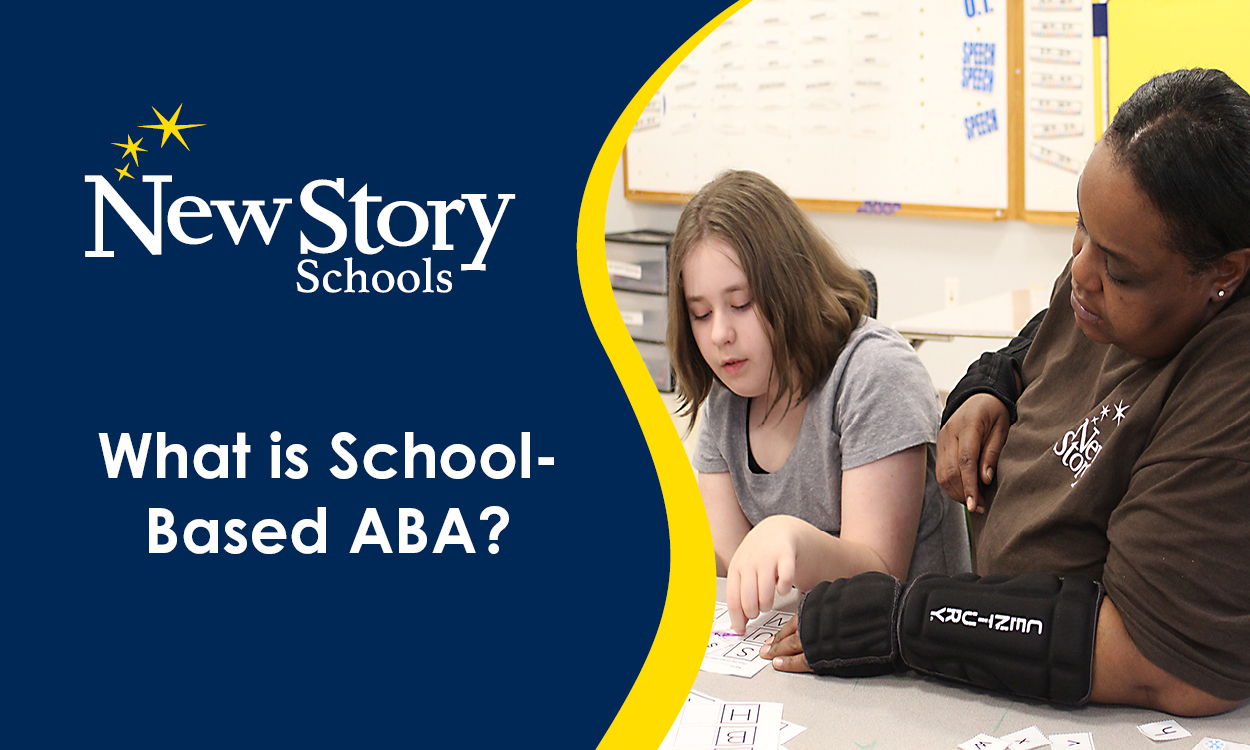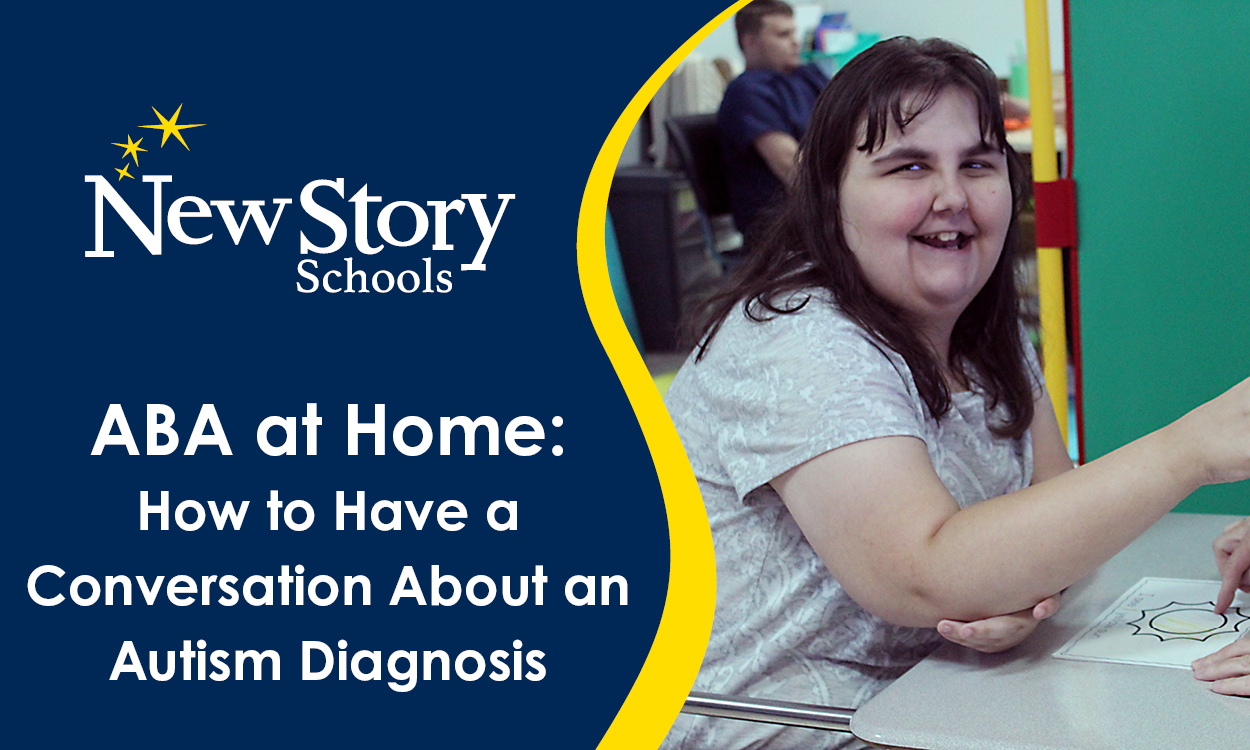Helping Your Child with Autism with a Mask
Posted: August 14, 2020 | Written By: Annese Walls | Category: At Home Help

By Tasha Myers and Annese Walls
As we all look towards the 2020 back-to-school season, every parent inevitably has some questions about what school will look like during the COVID-19 pandemic. For many parents of children on the autism spectrum, these questions likely include a big one: how to get their child to wear a mask.
According to the Centers for Disease Control (CDC) and the World Health Organization (WHO), masks are an invaluable tool to helping slow the spread of COVID-19. Many schools are requiring or encouraging students to cover their faces to return to in-person classes. Outside of school, masks are required in many businesses and other settings, meaning that, increasingly, children will need to be comfortable wearing masks to go about their daily activities.
So how do you help your child on the autism spectrum overcome an aversion to masks? We have some recommendations.
- Reasonable expectations- We want every child to be as safe as possible, but getting a child with an autism spectrum disorder comfortable wearing a face covering for long periods of time may not happen right away. Set reasonable goals and expectations- aim to get them comfortable holding the mask first, and then advancing to putting it on, and then perhaps to wearing it for one minute, and then two, and so on. Celebrate the little victories in getting them acclimated to the mask along the way!
- Modeling- Make the mask a normal part of your family life. Pick times to wear your mask, even around the house, to help your child get used to seeing people with the masks on. These will be a normal part of our world for a while, so you can help normalize it for your child.
- Try out different options- Many of us have already discovered what we prefer in terms of types of masks, and children will also likely have preferences. If your child is strongly rejecting a mask that goes around their ears, try one that ties, or look at a neck scarf that can get pulled up over the nose and mouth. Offering your child many options will increase the likelihood that you may settle on one they are comfortable wearing.
- Tie it into something they are already excited about- If your child has a favorite movie or book, try to find a mask that reflects that. If you tap into their excitement, and bring in something familiar, children may be more apt to give the mask a try.
- Communication- Even for adults, the idea of wearing a mask all day long is daunting, so it inevitably can be for children as well. Make sure children understand that “you have to wear your mask to school” does not mean they won’t have breaks throughout the day. Remind them that they will take it off to eat, or go outside, so they clearly understand expectations.
- Tie it to “preferred” activities- getting used to the mask is a challenge for everyone. If you’re comfortable with it, try mask wearing to preferred activities. If your child loves video games, allow them a few extra minutes if they will wear the mask. Do this in small increments as they work to get comfortable.
Hopefully, some of these strategies can help your child feel more comfortable with the mask for a return to school and beyond.
Want to be notified of new articles and resources from New Story Schools? Submit your email and opt into our newsletter!









